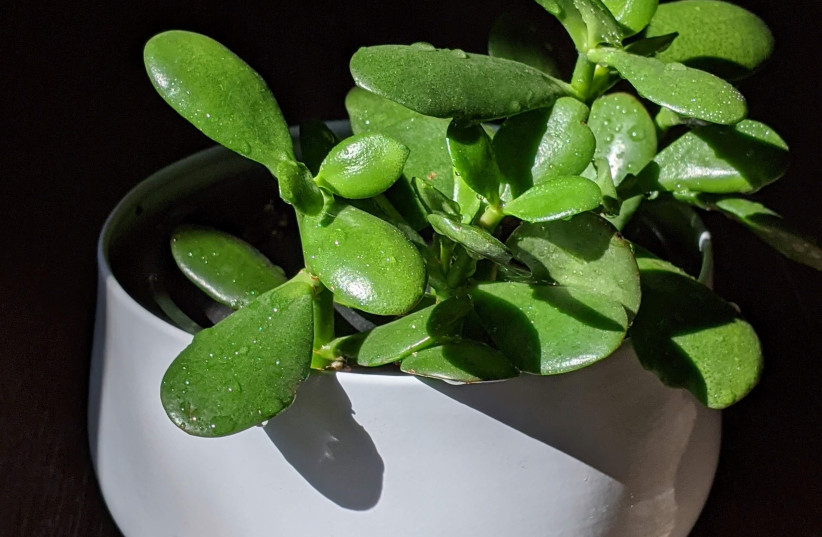Potatoes have “eyes” but they certainly can’t see; the same goes for all other kinds of flora. Since they have no visual organs, how do they know from where light comes and lean towards light sources?
A Swiss team of biologists and engineers led by Prof. Christian Fankhauser at the University of Lausanne has uncovered that a light-sensitive plant tissue uses the optical properties of the interface between air and water to generate a light gradient that is “visible” to the plant. The study has just been published in the journal Science under the title “Air channels create a directional light signal to regulate hypocotyl phototropism.”
Most living organisms – invisible-to-the-naked-eye microorganisms, plants, and animals – have the ability to detect the origin of a light source, even in the absence of a sight organ comparable to the eye. This information is invaluable for orienting oneself or optimal positioning in the environment.
As seedlings emerge, their embryonic stems unfold and extend as they grow toward light. Sensing from where light is coming is especially important for plants, which use this information to position their organs, a phenomenon known as phototropism. This makes it possible for them to capture more of the sun's rays, which they then convert into chemical energy through the process of photosynthesis – a vital process that is necessary for the production of nearly all of the food we eat.
Although the photoreceptor that initiates phototropism has long been known, the optical properties of photosensitive plant tissue have until now remained a mystery. The new multidisciplinary study uncovered a surprising tissue feature allowing plants to detect directional light cues.
“It all started with the observation of a mutant of the model species Arabidopsis thaliana – the thale cress – whose stem was surprisingly transparent,” recalled Fankhauser. These plants failed to respond to light correctly. Team members compared the specific optical properties of the mutant versus wild-type samples. “We found that the natural milky appearance of the stems of young wild plants was in fact due to the presence of air in intercellular channels precisely located in various tissues. In the mutant specimens, the air is replaced by an aqueous liquid, giving them a translucent appearance,” they continued.
But what purpose do such air-filled channels serve? They enable the photosensitive stem to establish a light gradient that can be “read” by the plant, which can then determine the origin of the light source. This phenomenon is due to the different optical properties of air and water that make up the majority of living tissue. “More specifically, air and water have different refractive indices. This leads to light scattering as it passes through the seedling. We have all observed this phenomenon when admiring a rainbow,” explained Martina Legris, a postdoctoral fellow in Prof Fankhauser's group and co-first author of the study.
Thanks to their research, the scientists have revealed a novel mechanism that enables living organisms to perceive where the light is coming from, enabling them to position their organs such as leaves in a way that optimizes light capture for photosynthesis. The study also provided a better understanding of the formation of air-filled intercellular channels, which have a range of functions in plants, in addition to the formation of light gradients.
Among other uses, they concluded, these channels promote gas exchange and also make it possible to resist hypoxia (reduction in the quantity of oxygen) in the event of flooding. Their development from the embryonic stage to adulthood, is still very poorly understood, but genetic resources used in this study will be useful to better understand the formation and maintenance of these intriguing structures.

